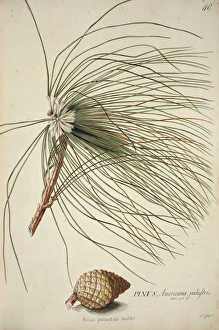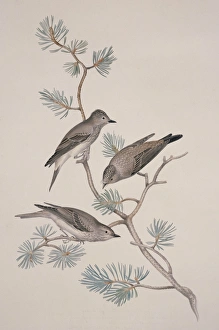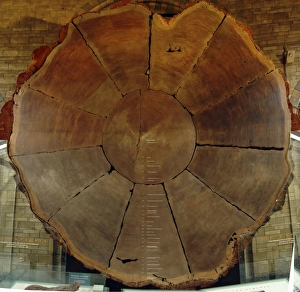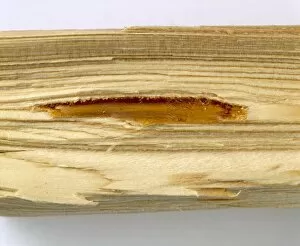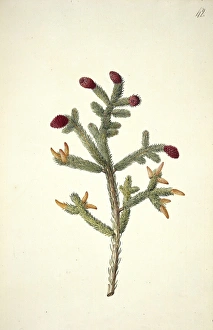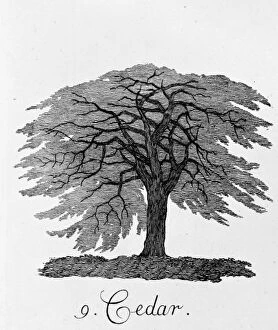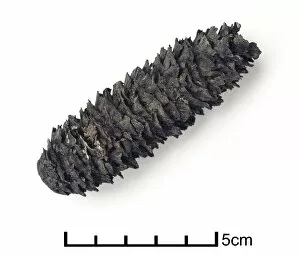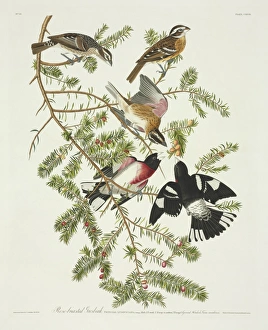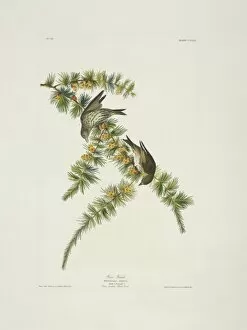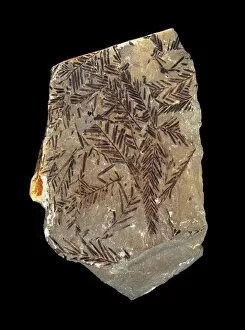Coniferae Collection (page 4)
Coniferae, also known as the conifer family, encompasses a diverse array of majestic trees that grace our landscapes with their timeless beauty
All Professionally Made to Order for Quick Shipping
Coniferae, also known as the conifer family, encompasses a diverse array of majestic trees that grace our landscapes with their timeless beauty. Picture yourself standing in the midst of a Scottish Pine Forest, where the towering Scots pine trees stand tall and proud. As the sun begins to rise, their reflection dances upon the tranquil surface of Loch Maree, creating an ethereal scene framed by the imposing presence of Slioch in the background. Among these conifers is Pinus strobus L. , commonly referred to as Weymouth or white pine. Its elegant branches stretch towards the heavens, offering shelter and solace to countless creatures. Juniperus communis adds its own touch of charm with its delicate foliage and aromatic berries that hold secrets within. Venturing further into this enchanting realm, you may stumble upon Larch Fir forests adorned in vibrant autumn hues. The track through these woods leads you on a journey through time itself, whispering stories from centuries past. In different corners of our world lies another member of this remarkable family - Bombycilla cedrorum or cedar waxwing. With its sleek plumage and crested head, it graces us with its presence amidst nature's grandeur. Gazing upwards at nightfall reveals a celestial spectacle above Glenfeshie in Cairngorms National Park – star trails painting mesmerizing patterns across an ink-black canvas while Scots pine woodlands provide an earthly contrast below. Traveling afar brings us to Vosges mountain in France during October when fir forests transform into fiery tapestries underfoot. Each step along this track echoes with whispers carried by crisp autumn breezes. The Western red cedar tree stands proudly on Meares Island's Big Tree Trail; its bark tells tales etched over centuries gone by. Meanwhile, male catkins release pollen from Cedrus sp. , better known as Cedar trees found throughout Surrey England’s countryside – a testament to nature's intricate dance of life.



